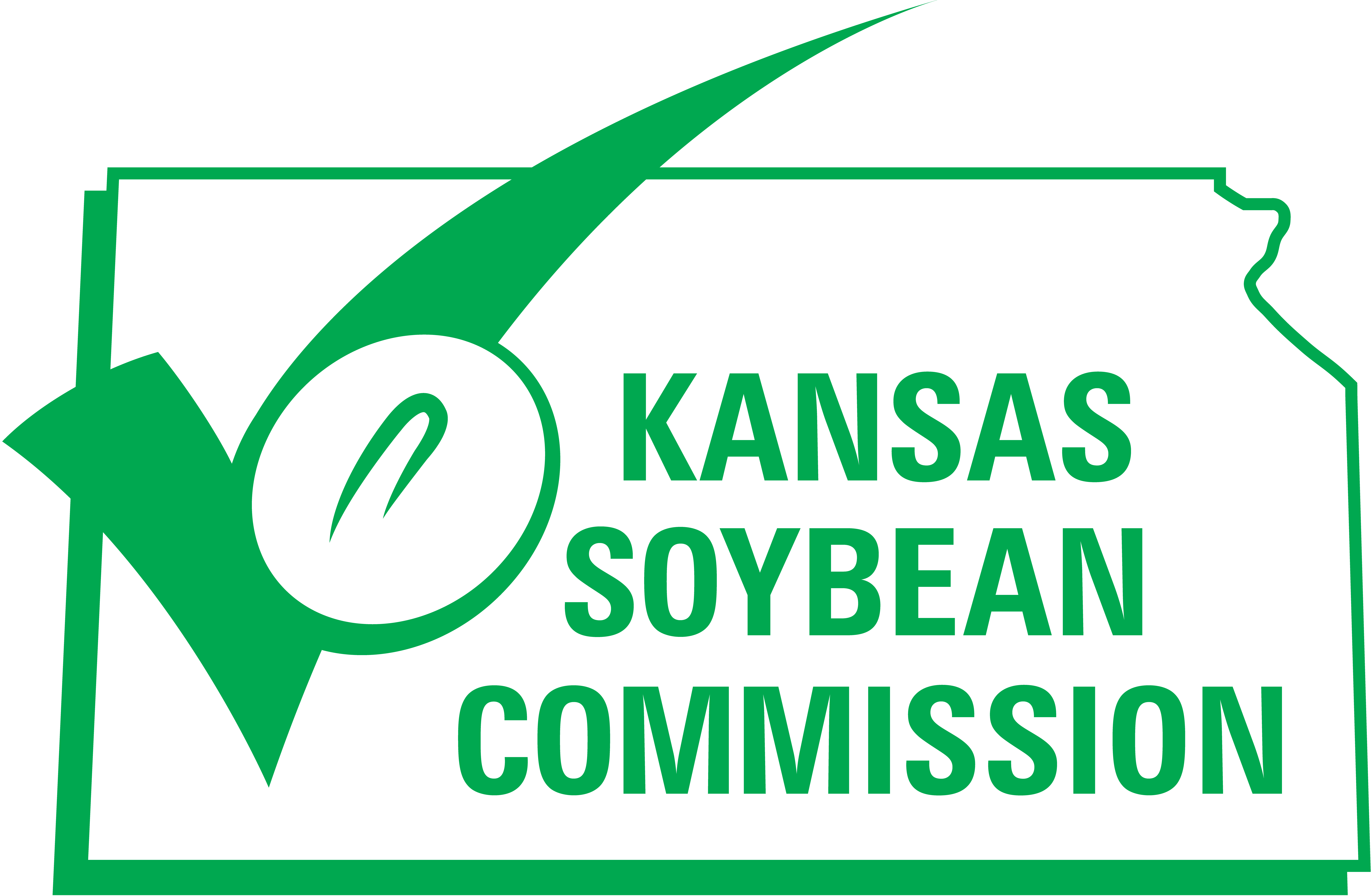Final RVOs discount industry’s biofuel capabilities
Environmental Protection Agency disappoints the soybean industry by not recognizing the opportunity of increased amounts of renewable fuels
After seven months of advocating and pushing back, soybean growers received disappointing news from the Environmental Protection Agency. The final Renewable Fuel Standards for 2023, 2024 and 2025 set biofuel blending levels considerably below the amount that can be utilized.
In December, EPA came out with drafted numbers, giving the industry time to counteract. The proposed numbers were low and did not complement the supply that would be produced. The American Soybean Association and other industry groups pushed to increase the blending obligations. When the final ruling came out, numbers for 2024 and 2025 increased slightly from the drafted numbers but still did not align with the industry’s capabilities.
Within the first five months of 2023, biomass-based diesel production has increased by more than 30% (400 million gallons) compared to the same period in 2022. In the final volume obligations, there was only a 21% increase from 2022 to 2025; 9% lower than the increase of production in just 5 short months.
The proposed numbers from Clean Fuels Alliance America supported achievable, aggressive growth for the soybean industry. According to the crush capacity companies, they would increase their soybean oil supply by about 5.5 billion pounds. This translates to about 700 million gallons of renewable diesel, far above EPA’s three-year RVO growth of a 590 million gallons. With the blending levels set where they are, these RVOs are likely to restrict growth in soy-based biofuels over the next three years.
Investments have already been made to build and operate new crush and production facilities based on the increasing supply, not on data from 2007 which EPA used to make its final decision. Industry groups feel the EPA is not recognizing the immense growth of soybean production and how it could be used for biodiesel production. Over the past few years, soybean oil demand was recognized. Farmers and soybean enthusiasts worked to provide more soybeans to achieve this demand. However, with EPA unable to recognize the importance, the industry is now faced with the issue of how to handle a potential surplus.

